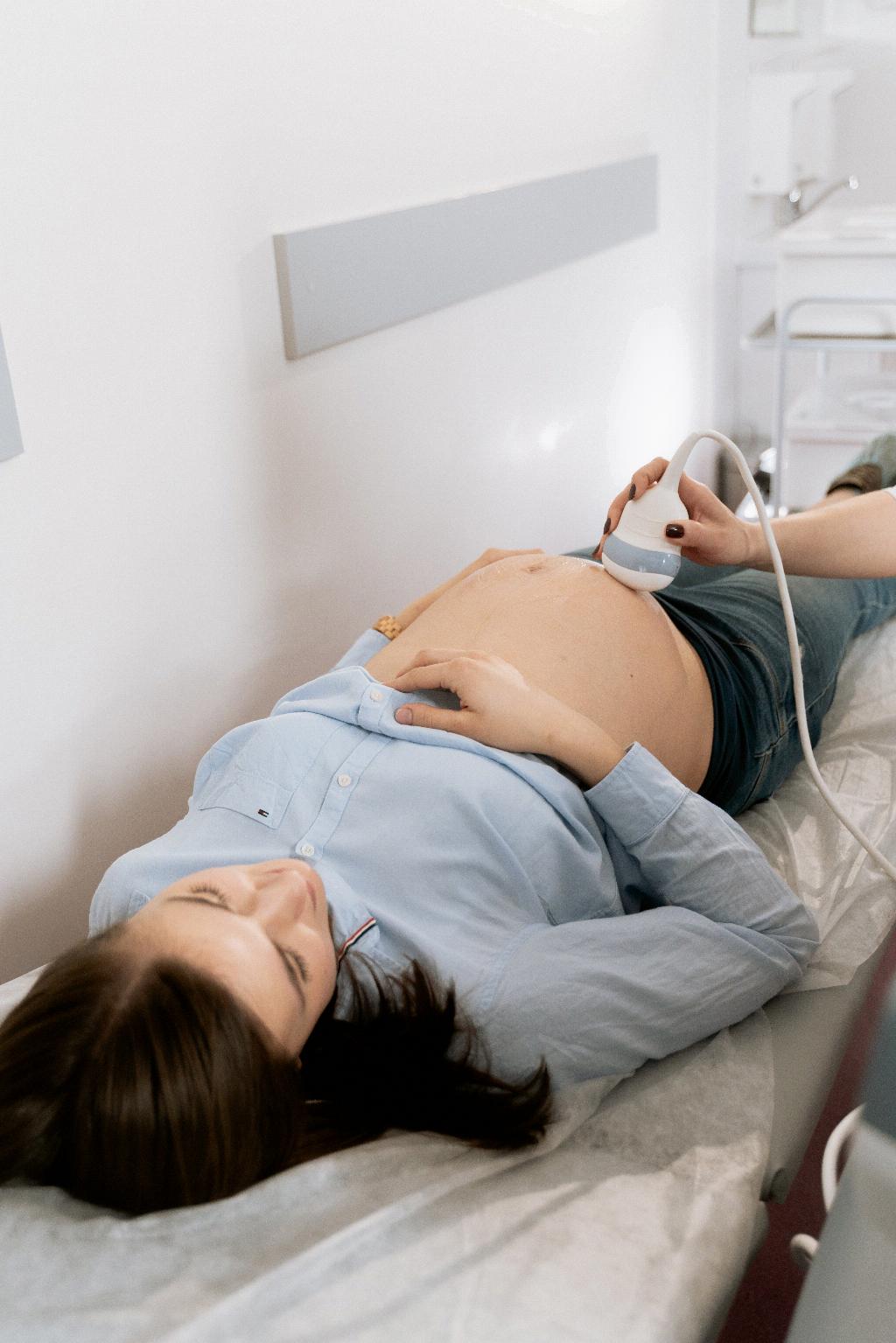Many women wonder about the potential risks and implications of getting pregnant soon after a C-section. Research suggests that conceiving within six months of a previous birth, especially a C-section, can pose certain challenges and increase the likelihood of complications. One of the key concerns associated with becoming pregnant shortly after a C-section is the risk of a ruptured uterus.
A ruptured uterus, a serious and potentially life-threatening condition, occurs when there is a tear in the uterine wall, often at the site of a prior C-section incision. This complication can result in severe bleeding, endangering both the mother and the unborn baby. The risk of uterine rupture is higher in pregnancies that closely follow a C-section, particularly within the first few months.
Moreover, women who conceive shortly after a C-section may face challenges related to the healing process. Pregnancy and childbirth place significant stress on the body, and a short interval between pregnancies may not allow an adequate amount of time for the uterus to recover fully from the previous C-section. This can potentially lead to issues like poor wound healing, increased scarring, and delayed recovery.
Another factor to consider is the increased likelihood of placental abnormalities in pregnancies that occur soon after a C-section. Placenta previa, a condition where the placenta partially or fully covers the cervix, is more common in women who have had prior uterine surgeries like C-sections. Getting pregnant shortly after a C-section can elevate the risk of placenta previa, which can result in serious complications during childbirth.
It is essential for women who are considering pregnancy shortly after a C-section to consult with their healthcare provider. Medical professionals can provide personalized guidance based on individual health factors and tailored recommendations to minimize potential risks. Monitoring closely for any signs of complications during pregnancy is crucial to ensure the safety and well-being of both the mother and the baby.
Another aspect to bear in mind is the strain that consecutive pregnancies can place on the body. Pregnancy and childbirth are physically demanding processes that require optimal health and strength. Having back-to-back pregnancies can deplete essential nutrients and energy reserves, increasing the likelihood of maternal fatigue, nutritional deficiencies, and overall health challenges.
Furthermore, the emotional and mental well-being of mothers should not be overlooked when contemplating another pregnancy shortly after a C-section. Adjusting to the demands of caring for a newborn while still recovering from the previous childbirth experience can be overwhelming. Adequate time for emotional recovery and bonding with the newborn is crucial for maternal mental health and overall family dynamics.
Educational resources and support systems play a vital role in helping women navigate the complexities of pregnancy after a recent C-section. Learning about the potential risks, understanding the importance of self-care and proper nutrition, and seeking guidance from healthcare providers can all contribute to a smoother and healthier pregnancy journey.
Moreover, considering birth spacing recommendations can be beneficial for both maternal and infant health. The World Health Organization recommends waiting at least 18 to 24 months after a live birth before conceiving again to reduce the risks of adverse outcomes. Following these guidelines can improve maternal recovery, lower the chances of complications, and enhance the overall well-being of both mother and child.
In conclusion, the decision to become pregnant shortly after a C-section warrants careful consideration and consultation with healthcare professionals. Understanding the potential risks, prioritizing maternal health and well-being, and seeking appropriate support and guidance are crucial steps in ensuring a safe and successful pregnancy journey. Every woman’s situation is unique, and personalized care and attention are paramount in navigating the complexities of pregnancy and childbirth.

